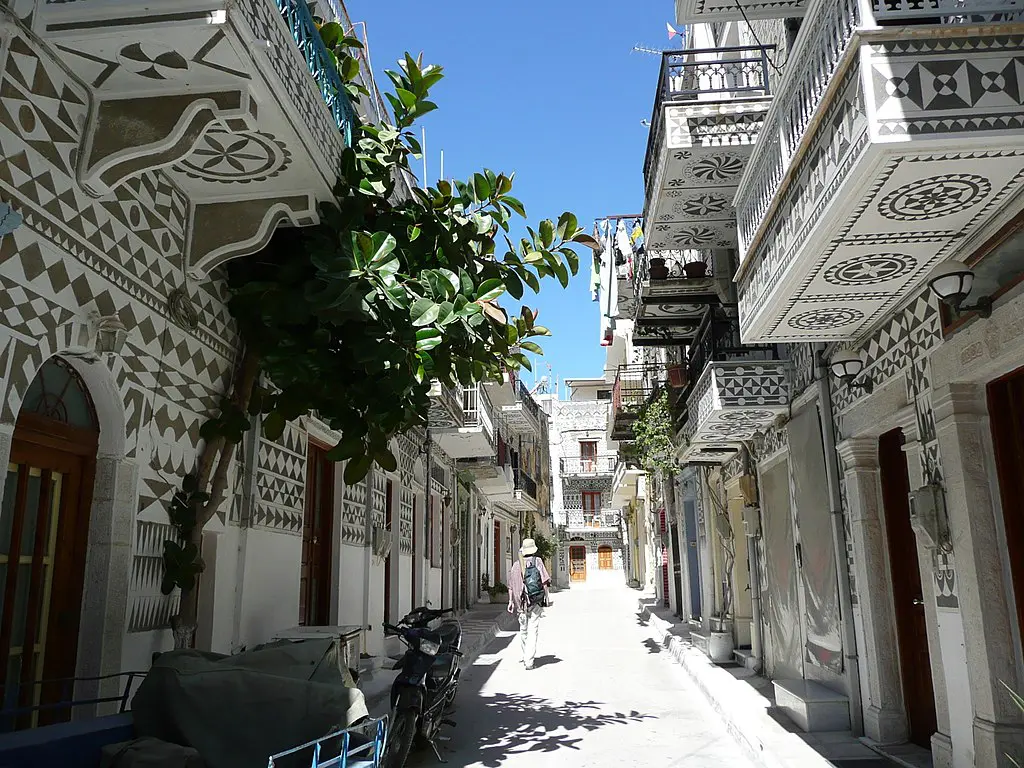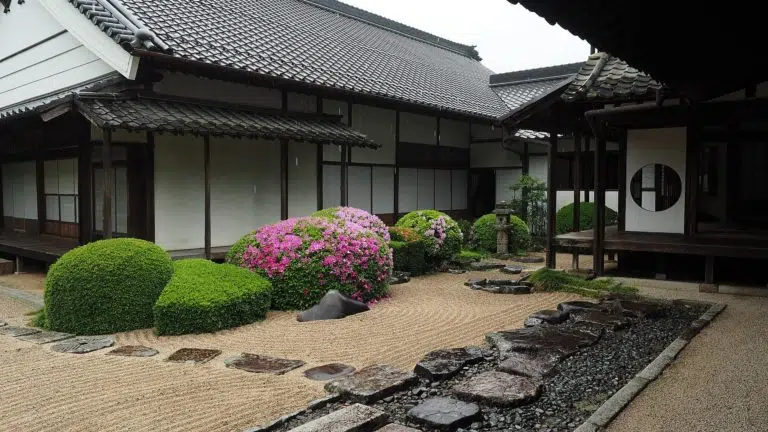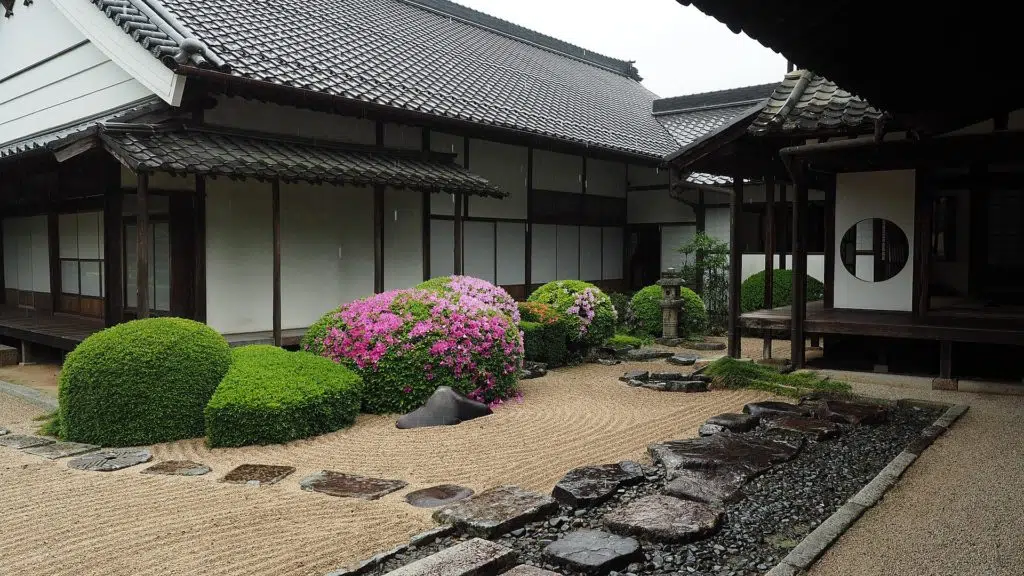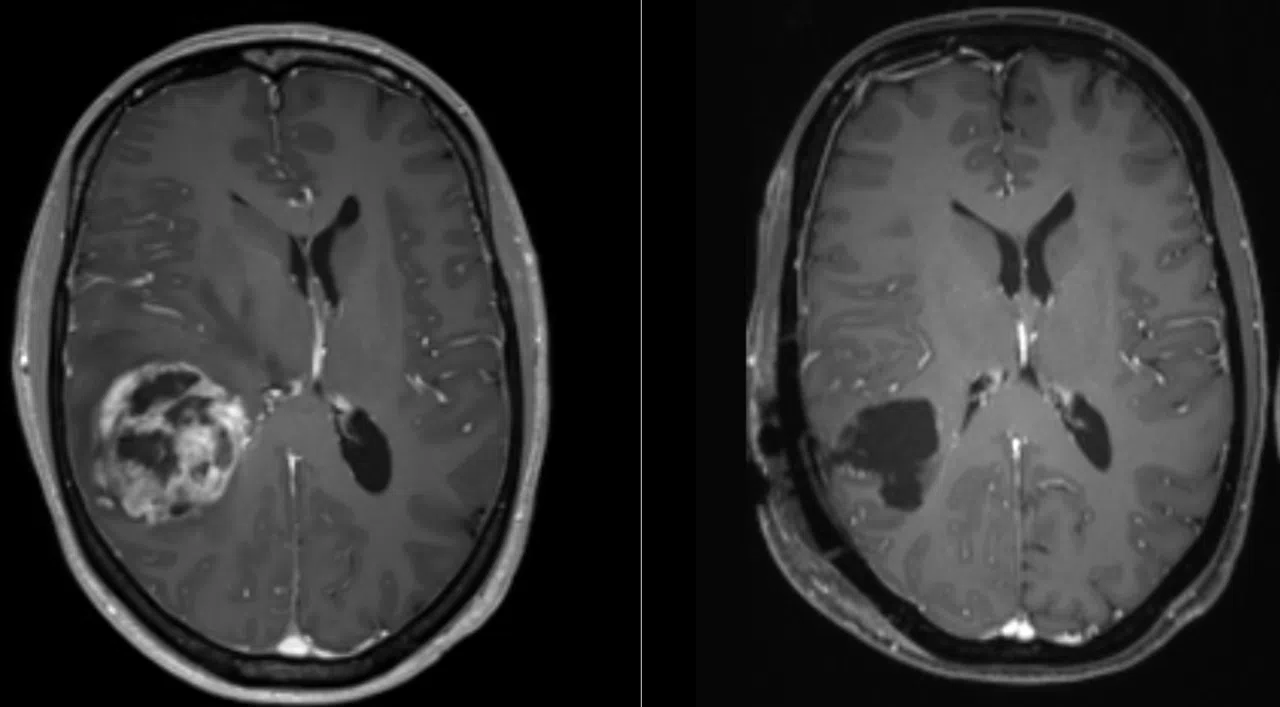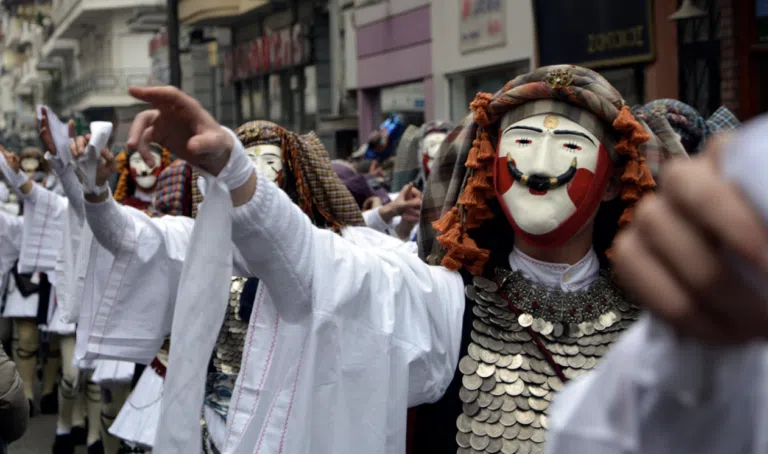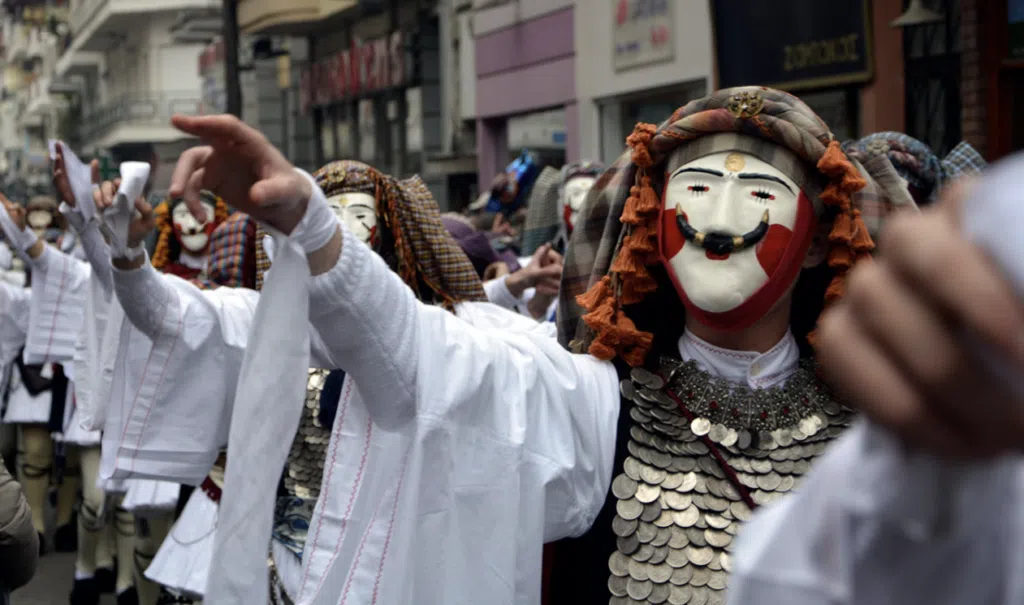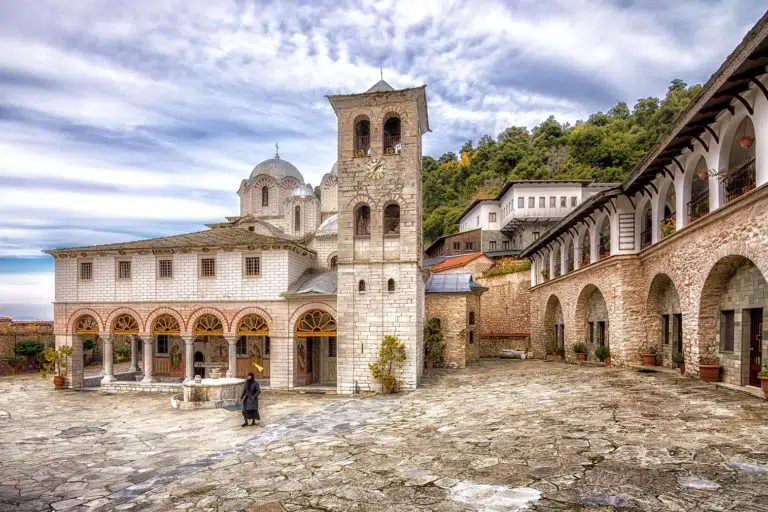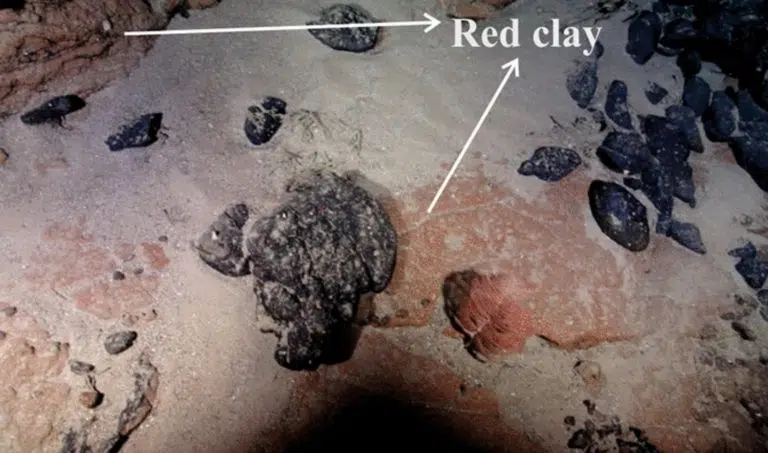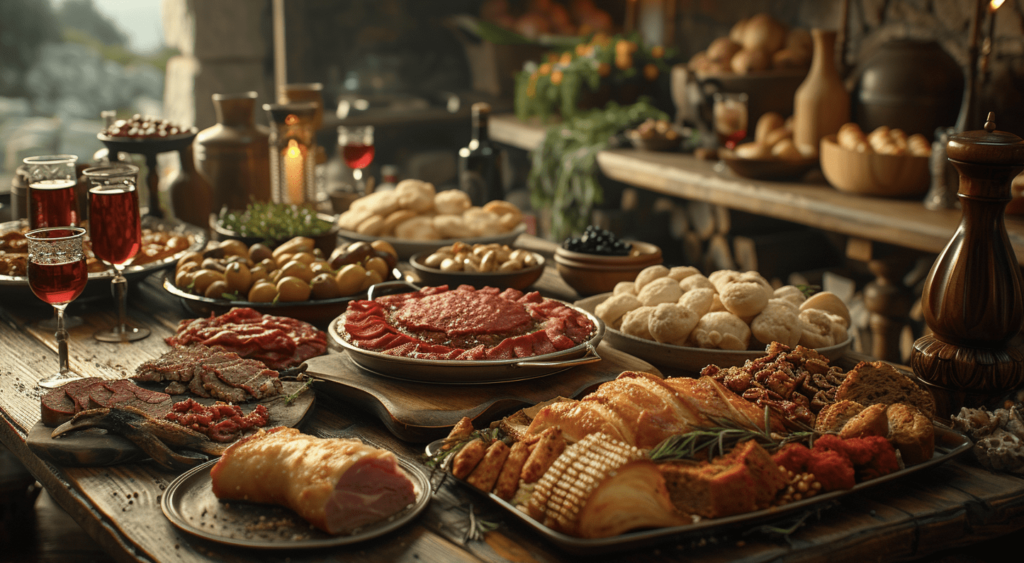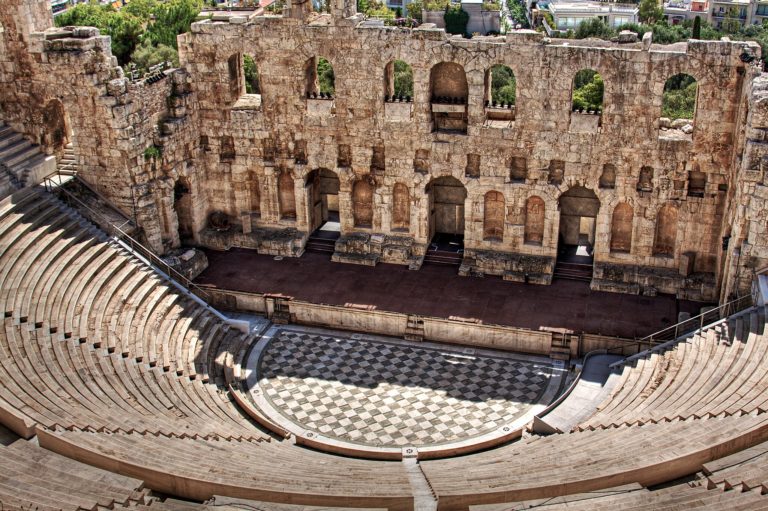
Loss and grief touch everyone’s lives. But what if saying goodbye wasn’t the end? Imagine being able to virtually bring back loved ones, have conversations with them, and know how they’re doing—wherever they may be.
For many, the idea of seeing a departed loved one moving and talking once again could bring some solace, wrote Nigel Mulligan, an assistant professor of psychotherapy at Dublin City University.
AI ‘ghosts’ may cause confusion, stress, and psychosis
Mulligan finds the rise of ghost bots fascinating as a researcher in AI and therapy. However, he’s also worried about how they might affect people’s mental health, particularly those who are grieving.
Bringing back deceased individuals as avatars could create more problems than solutions, leading to increased confusion, stress, sadness, anxiety, and, in severe cases, even psychosis.
Advancements in AI have brought about the emergence of chatbots such as ChatGPT, which can engage users in conversations that mimic human interaction.
With the help of deep fake technology, AI software can generate lifelike virtual representations of deceased individuals using digital data such as photos, emails, and videos. What once seemed like mere imagination in science fiction is now becoming a tangible reality in the realm of science, according to Mulligan.
AI ghosts might disrupt the natural grieving process
Research published in Ethics and Information Technology recommended the use of death bots as short-term support during mourning to prevent possible emotional reliance on the technology, which could be harmful.
The presence of AI ghosts might disrupt the natural grieving process, potentially impacting people’s mental well-being.
A Mother meets her deceased Daughter through VR technology 🕊️
What are your thoughts?#Ai #VR #AR #AugmentedReality #Children #WomensDay2024 pic.twitter.com/nRqtmcKEDH
— T R U T H P O L E (@Truthpolex) March 10, 2024
Grieving is a gradual journey that unfolds over time, spanning various stages that can extend across many years.
In the initial stages of grief, people may frequently think about their departed loved ones, vividly recalling memories. It’s common for grieving individuals to experience intense dreams involving their lost loved ones, wrote Mulligan.
AI ‘ghostbots’ may cause issues like hallucinations
Psychoanalyst Sigmund Freud was deeply interested in how individuals cope with loss. He noted that additional challenges could arise during the grieving process if there are negative aspects surrounding the death.
For instance, if someone had mixed feelings toward a person who passed away, they might feel guilt afterwards. Similarly, if the death occurred under traumatic circumstances such as murder, accepting it might be even harder for the grieving individual.
Freud termed this phenomenon “melancholia,” also known as “complicated grief.” In severe cases, a person might experience apparitions or hallucinations of the deceased, leading them to believe the deceased is still alive.
Introducing AI ghostbots could potentially worsen the distress of someone experiencing complicated grief and might heighten issues such as hallucinations.






